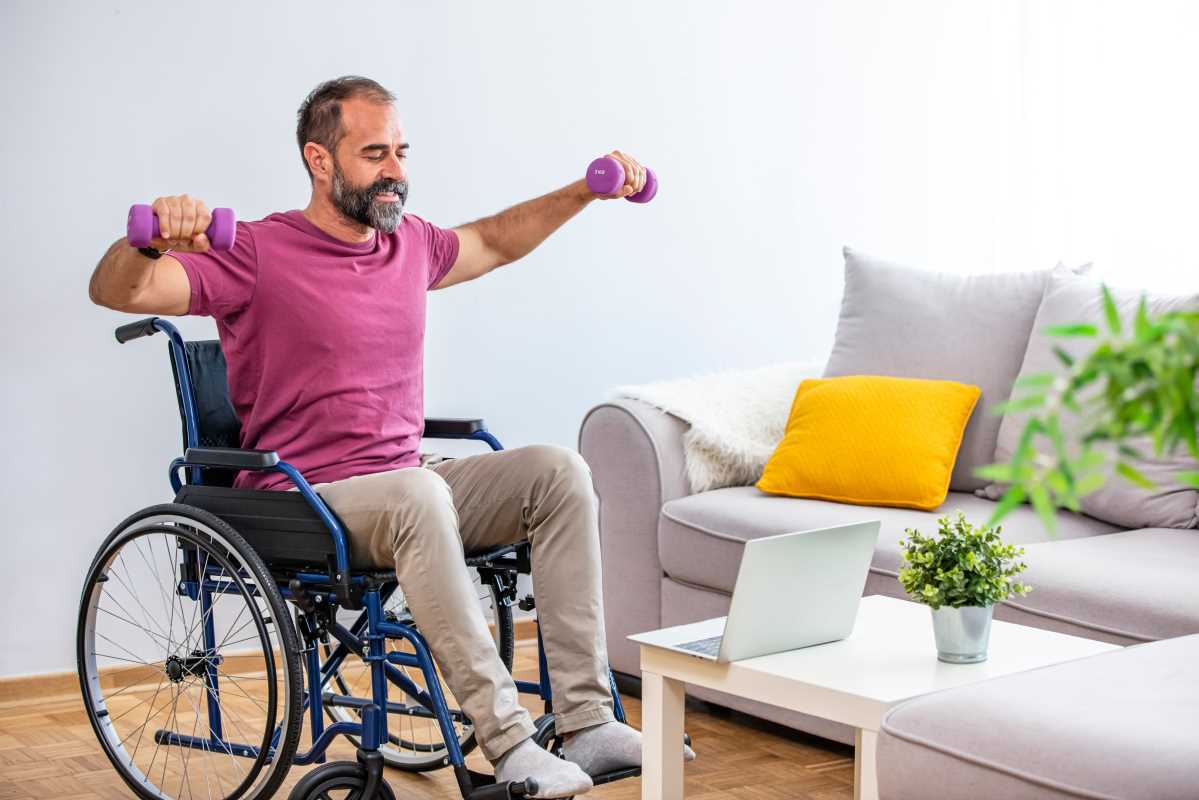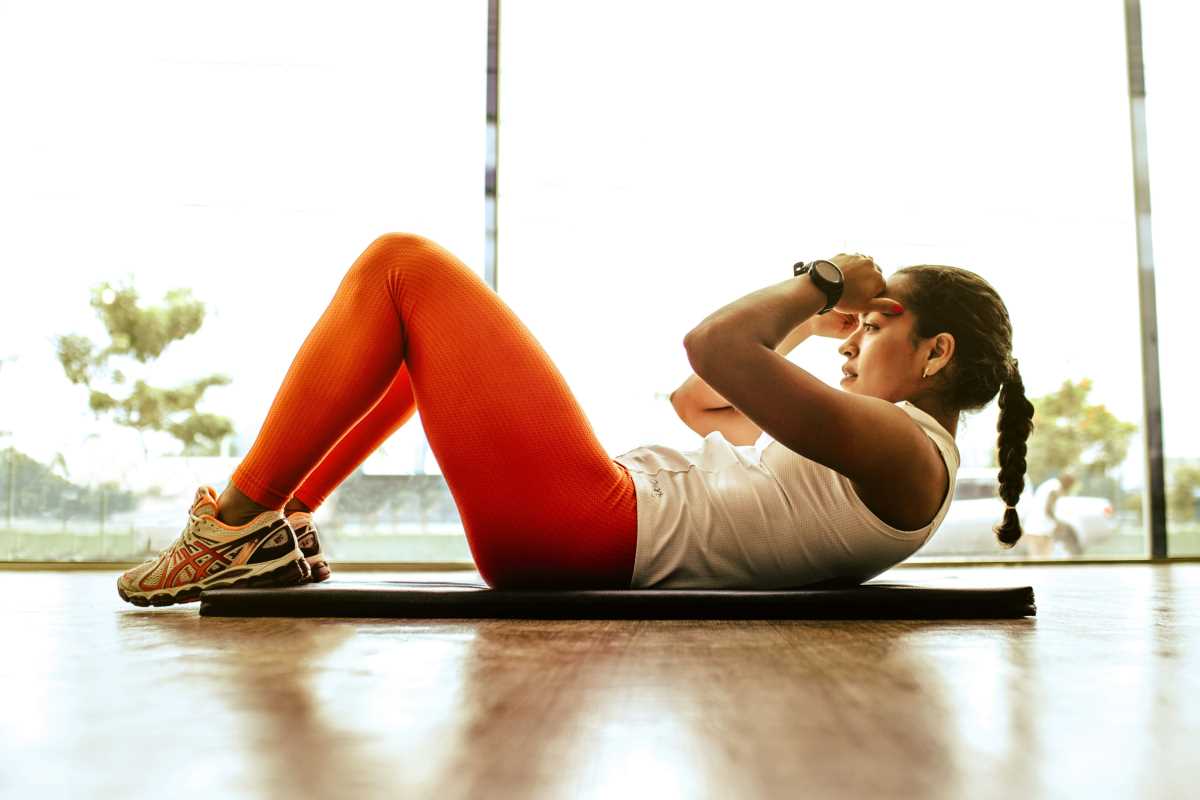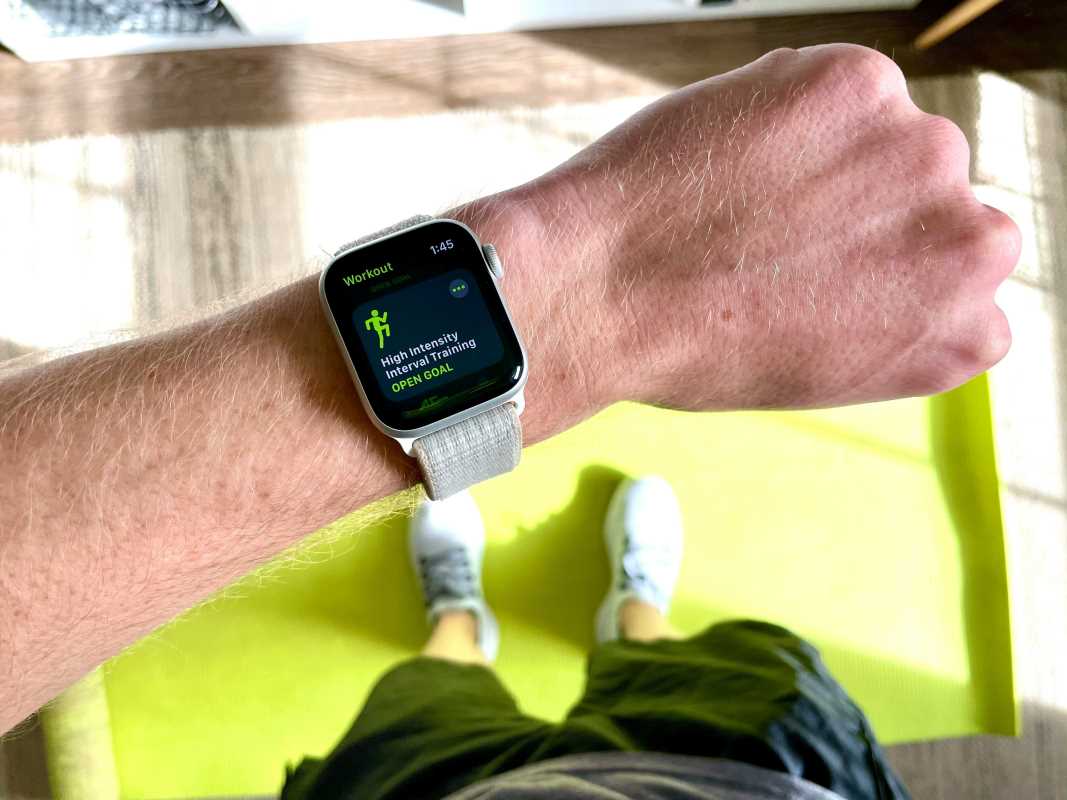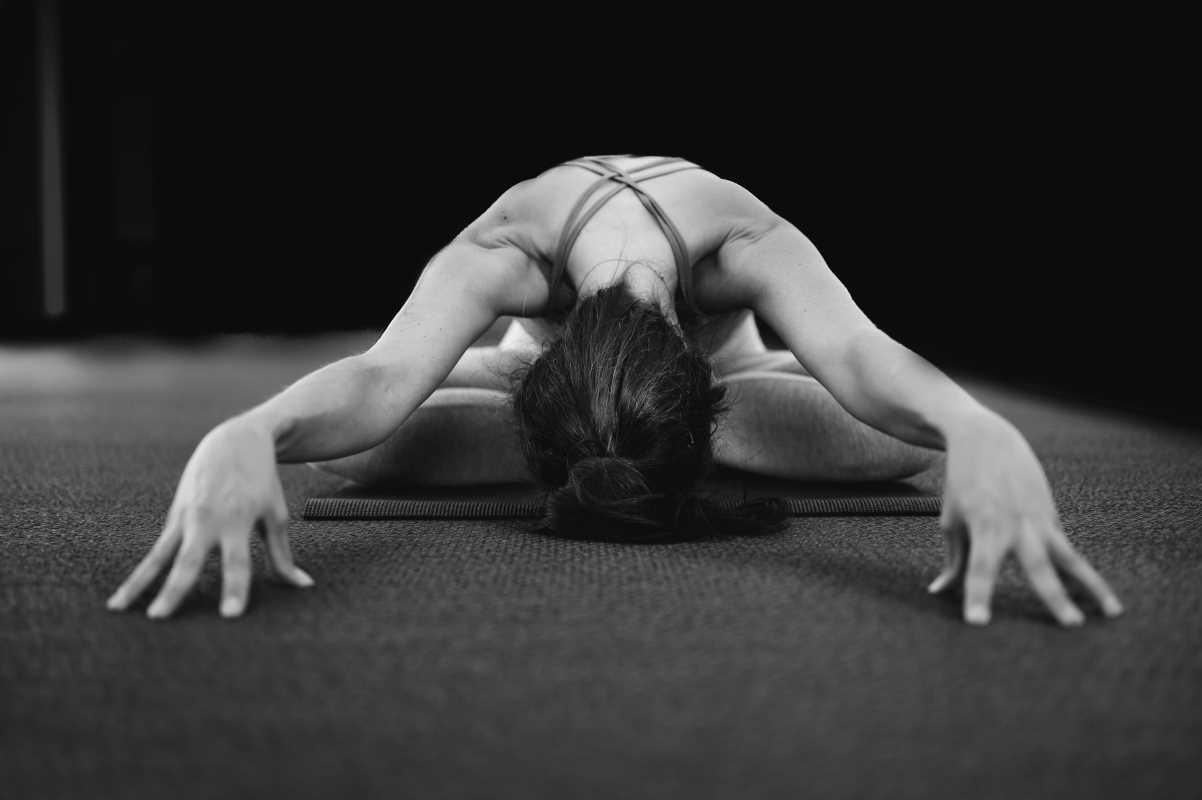Exercise doesn’t have to mean running marathons or lifting heavy weights. For those with limited mobility, chair workouts offer an excellent way to stay active, boost mood, and increase overall health. The beauty of these routines is you can do them from the comfort of your chair, and they’re suitable for all ages and abilities. Grab your favorite chair, and get ready to move!
Why Chair Workouts Are a Game-Changer
Chair workouts are more than just a convenient exercise option; they open up a world of possibilities for those who face physical limits. Whether you’re dealing with an injury, a chronic condition, or just want to ease into a fitness routine, chair exercises are an awesome way to stay engaged and fit.
One of the standout benefits of chair workouts is accessibility. Because you remain seated, there’s less strain on joints and bones compared to traditional workouts. This makes them a great choice for people with arthritis, balance challenges, or lower-body injuries. Even better, you don’t need a fancy setup. Any sturdy chair works, making this an exercise option you can do anywhere.
Chair workouts can be surprisingly versatile. From cardio to strength training, and even stretching, a single workout can have you working up a sweat one moment and unwinding with deep stretches the next. While the chair supports your body, it doesn't skimp on the effort you’re putting into your muscles. Many participants are surprised by how much they can achieve in each session.
Rather than focusing on what’s out of reach, chair routines encourage you to work with what’s possible. This helps maintain independence and fosters a sense of empowerment. Regular practice can lead to significant improvements in flexibility, strength, and endurance over time.
Emotionally, these workouts are a gift. Movement has a fantastic way of boosting endorphins, those magical chemicals that make you feel happier. Even gentle exercises can stave off feelings of restlessness and improve mental clarity. It’s the kind of win-win combo everyone can appreciate.
Chair workouts are also an inclusive way to reconnect with goals. Whether you want to regain strength, stay active, or simply move more often, these exercises meet you where you’re at. It’s fitness without the intimidation factor, and that’s a refreshing change in the fitness world.
Lastly, don’t underestimate the social element. Chair exercise groups are growing in popularity, offering a sense of community and accountability. Even if you’re working out solo, knowing this vibrant fitness niche exists can be incredibly motivating.
Chair-Friendly Cardio Options to Break a Sweat
Cardio doesn’t always mean hitting the treadmill. Chair workouts can offer plenty of heart-healthy movement without the impact, all while raising your pulse and getting the blood flowing. Who said cardio can’t be a seated affair?
If you’re new to chair-based cardio, start with movements that simply elevate your legs and arms. March in place from your seat, lifting your knees one at a time while pumping your arms briskly. It’s simple yet highly effective for warming up the whole body and building stamina.
For a fun twist, try seated boxing. Imagine yourself in a high-energy boxing ring, throwing punches left and right. Add in some uppercuts and pretend you’re ducking under jabs. This move works wonders for coordination while also sharpening reflexes. You’ll feel like a champion by the end.
Arm circles also pack a great cardio punch. Stretch your arms out to your sides and create small, fast circles while maintaining proper posture. Increase the circle size as you go for an added challenge. While your arms tire fairly quickly, you’ll feel your heart rate rise without leaving your chair.
Then there’s seated jumping jacks. No actual jumping required! Simply extend your arms above your head while moving your legs outward and back in. It’s an engaging, low-impact move that mimics the energy of full jacks without the strain.
For fans of rhythm, chair dancing is a fantastic option. Put on your favorite music and groove to the beat while seated. Whether it’s swaying your upper body, tapping your feet, or clapping along to the rhythm, your body won’t know it’s doing cardio because it’s just so fun.
Want to increase the intensity? Try adding resistance bands or light weights for upper-body-focused cardio. For example, perform punches or arm raises with added resistance to get your heart pumping even more.
If you prefer guided sessions, there are countless chair cardio videos available online. Programs tailored to chair-based fitness are growing, and some even incorporate moves inspired by Zumba or step aerobics, adapted perfectly for seated routines.
Chair-based cardio is all about creativity. The more ways you learn to move while seated, the more exciting and adaptable your routines become. Remember, even small movements sustained over time can deliver significant cardiovascular benefits.
Strength Training to Build Muscle While Seated
Building strength doesn’t necessarily require hitting the gym or hoisting heavy dumbbells. Chair-based strength workouts can help tone muscles and improve functionality while allowing you to stay grounded and supported.
Start with the basics of seated squats. Sit on your chair’s edge, and lean forward slightly. Plant your feet on the floor before slowly raising yourself up to a standing position, then easing back down. It’s one move that strengthens your thighs, hips, and core without requiring intense mobility.
If standing isn’t an option, you can engage core muscles while seated. Try seated leg lifts by raising one leg at a time, keeping it parallel to the floor. You’ll feel your core engage as you lift and hold, helping strengthen those abdominal muscles.
Upper-body strength is easy to target with resistance bands or light hand weights. Perform bicep curls, tricep extensions, and shoulder presses to give your arms and back some love. Don’t have weights? Household items like water bottles or canned goods work just as well.
For a sneaky way to build back muscles, try seated rows. Loop a resistance band around the chair’s back legs or a stable object. Hold the band’s ends as if gripping oars, and pull backward to mimic rowing. This move works wonders for posture and upper-body strength.
For hand and wrist strength, grip exercises are fantastic. Squeeze a stress ball, roll a small towel, or perform wrist rotations using a filled water bottle. These small gestures pay off big time in building grip and fine motor control strength.
Lateral raises are another stellar choice. Hold small weights at your sides, then lift them outward until your arms are parallel to the ground. Slowly lower down, and feel those shoulder muscles burn with each repetition.
Don’t forget your chest muscles. Chest presses with resistance bands or weights allow you to give this area focused attention. Push forward and slowly release back to your starting position while maintaining control over the movement.
Hamstring curls are another excellent lower-body choice. Slide your feet forward in a slow, curling motion, engaging the back of your legs throughout. You’d be surprised how much burn you can achieve without leaving your chair.
Finally, bridge holds work well even when seated. If you’re able to stand momentarily, rest your hands on the chair and perform a small bridge hold by pressing through your toes and activating leg muscles. It’s functional and adds strength where it counts.
Stretching and Flexibility Moves for Relaxation
Flexibility matters just as much as strength and stamina, especially for easing stiff muscles and enhancing mobility. Chair-based stretches are an excellent gateway to improved flexibility and relaxation.
One great option is the seated spinal twist. Sit upright in your chair and twist your upper body gently to one side, resting one hand on the chair back for support. Hold, breathe, and repeat on the other side. This twist releases tension in your spine and obliques.
Hamstring stretches come next. Extend one leg straight while seated, keeping your heel on the ground and toes up. Lean forward slightly to feel a stretch along the back of your leg. This move keeps your lower body limber and relaxed.
For shoulder and neck relief, try shoulder rolls and neck tilts. Roll your shoulders forward and backward a few times, then slowly tilt your head side to side. These movements help fight tension, especially if you’ve been sitting for long periods.
Chest openers are perfect for counteracting the hunched posture many of us fall into. Clasp your hands behind your back and gently push your chest forward, opening up your shoulders. Breathe deeply and feel the expansion.
Wrist and finger stretches shouldn’t be overlooked. Stretch your fingers wide, roll your wrists in circular motions, and shake them out. Keeping your hands and wrists nimble improves mobility and reduces stiffness.
Lastly, take a moment for seated breathing exercises. While not a stretch in the traditional sense, deep breathing calms both muscle tension and the mind. Close your eyes, inhale deeply, and exhale slowly to ground yourself post-workout.
 (Image via
(Image via





